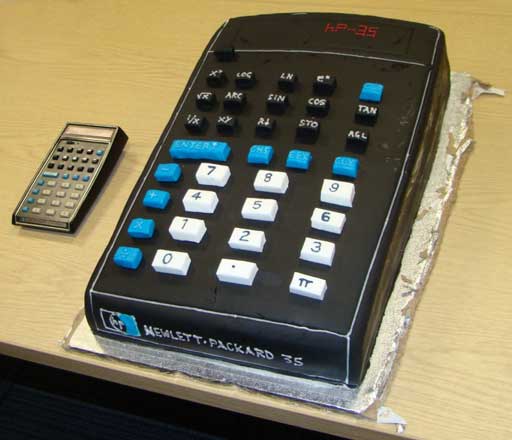DIY Calc: Kickstarter for funding?
Message #41 Posted by Jeff Dinkins on 9 May 2012, 3:05 p.m.,
in response to message #3 by Marcus von Cube, Germany
Have you explored an option such as Kickstarter for funding?
There have been several successful projects in the industrial design vein done there already. Examples:
iPod Nano watch case
Aluminum iPod Dock
A fancy LED clock
E-ink Watch
One of the neatest things about Kickstarter is the the project creator sets the $ amount they need to finance the project, people then "pledge" to buy said item, however people aren't charged unless the funding goal is met.
For example, lets say your budget required a minimum of $50,000 at $100 per calculator to finance the machining, creation of molds, buying parts, and assembly, etc. You'd need 500 people to pledge $100 each to hit your goal.
If you only get 499 people to pledge, the pledge period is considered unsuccessful, and the project does not get funded. But if you hit that magic 500 or above, at the end of the funding period Kickstarter charges everyone and dumps the money into your hands to start production. And if you go way over your minimum, economy of scale starts to kick in, and you can start doing some nifty things just because you can bulk order more for less cost per unit.
They also have the notion of different pledge levels. So you can have your $10,000 titanium calculator as one super upscale level. Indeed, you might want to do $100 plastic, $200 aluminum, and $mega-dollar titanium levels.
|



